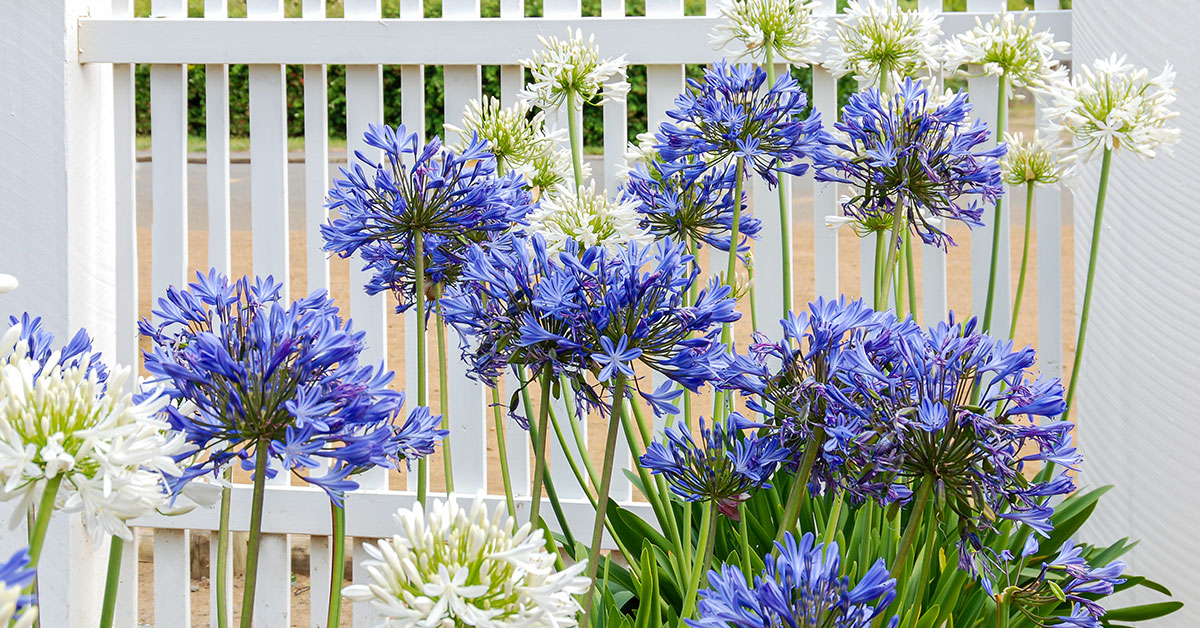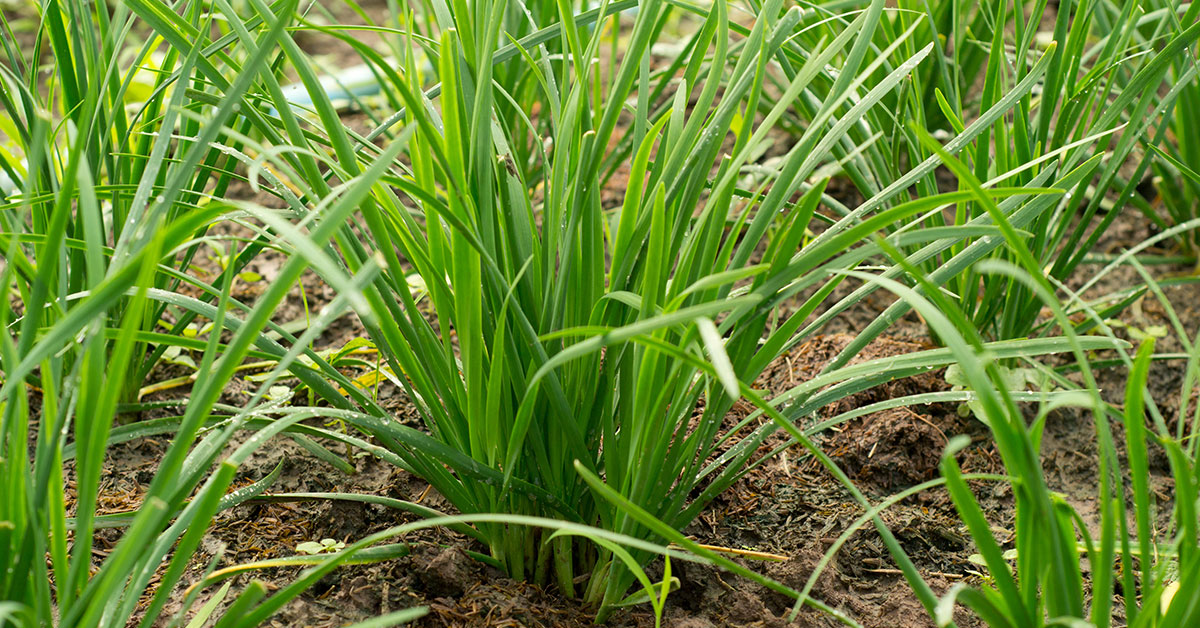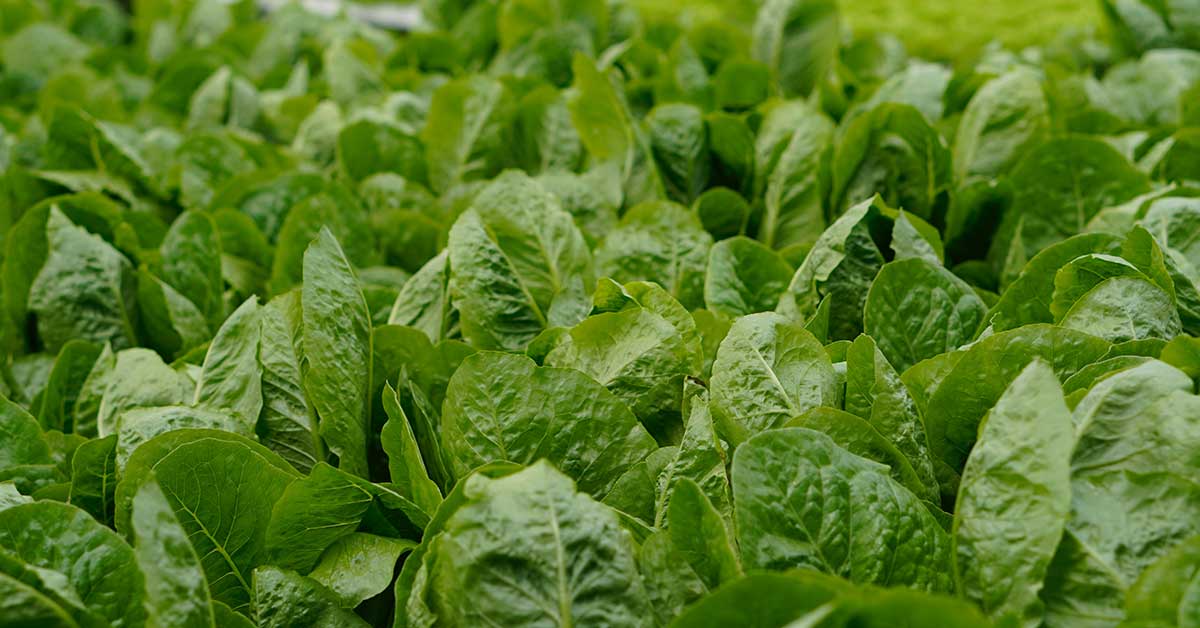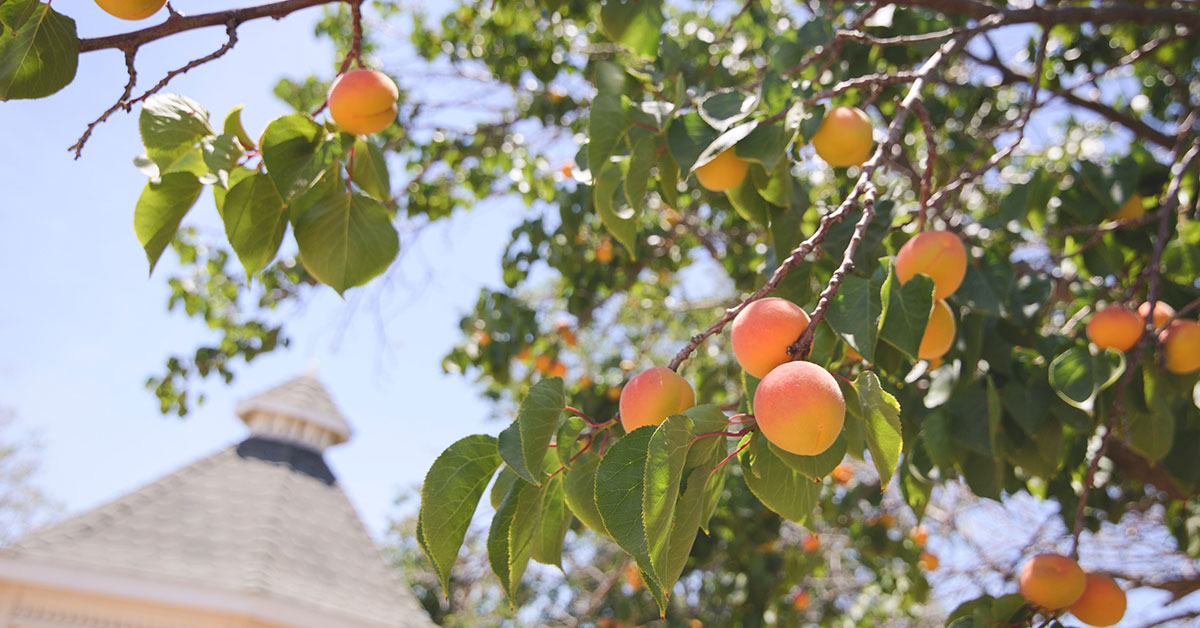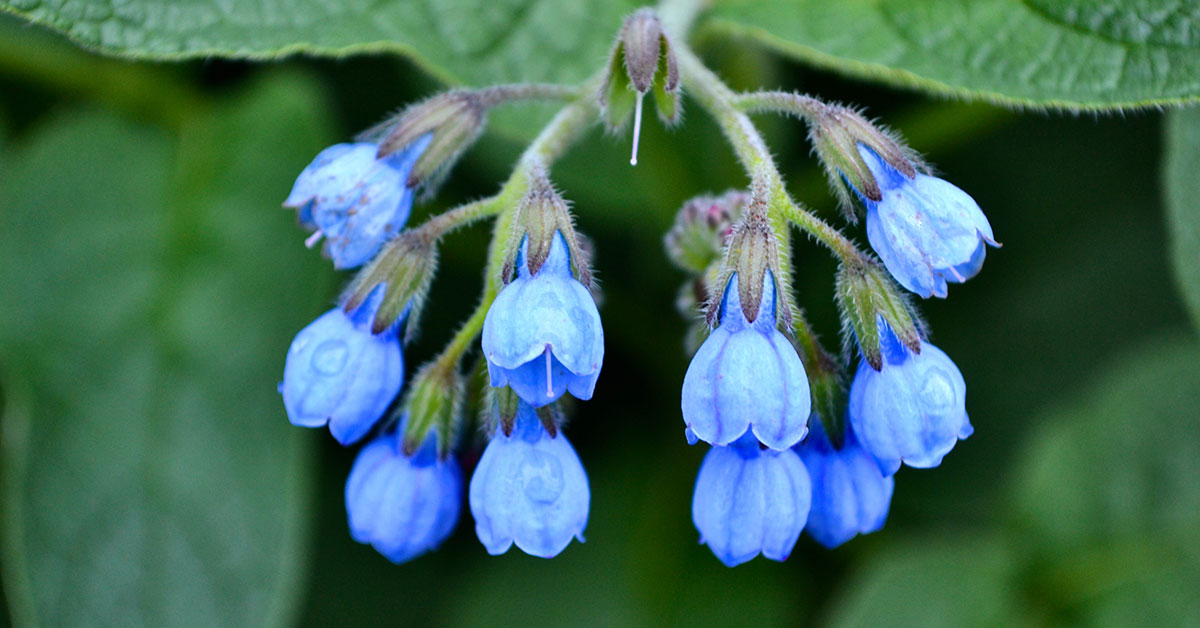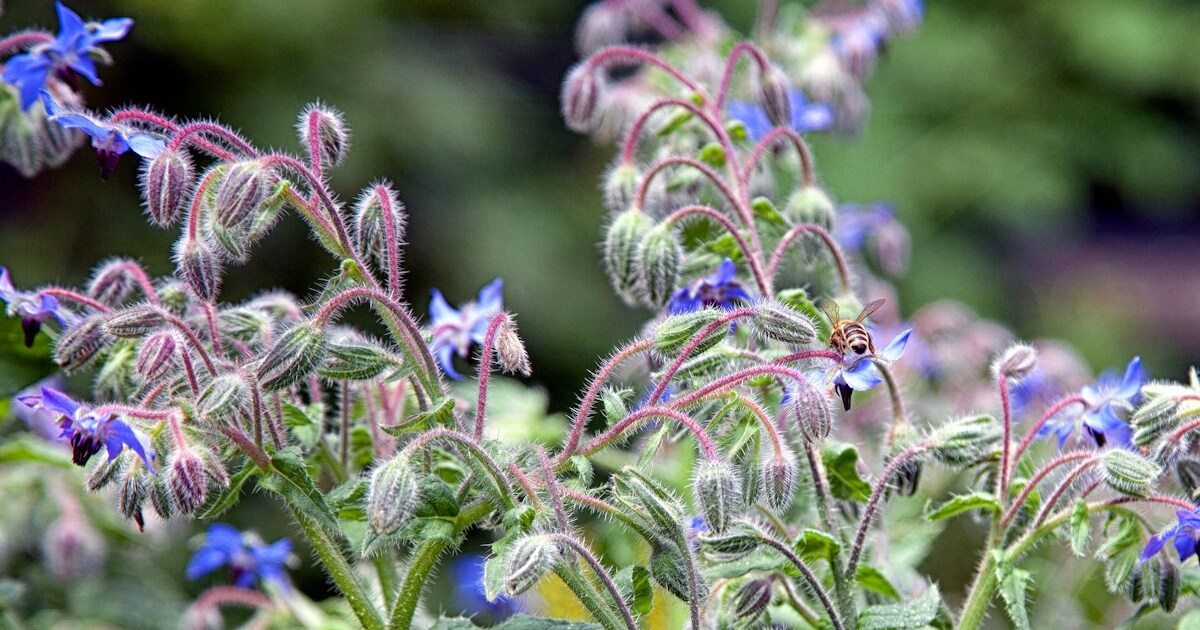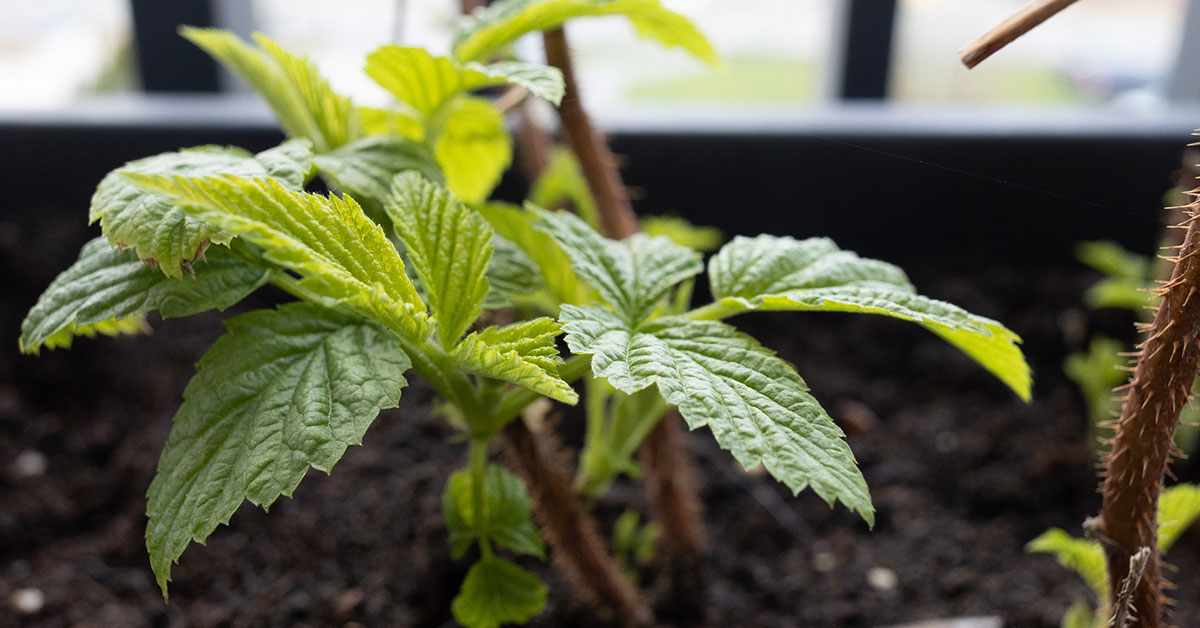As gardeners, we are always on the lookout for beautiful and vibrant plants to enhance the aesthetics of our outdoor spaces. One such plant that never fails to captivate is the agapanthus, with its stunning clusters of trumpet-shaped flowers and glossy green foliage. In this article, we will explore the best time to plant agapanthus in the UK, taking into account the climate and growing conditions specific to this region.
Whether you are a seasoned gardener or a beginner, understanding the optimal planting time will ensure that your agapanthus thrives, providing you with a magnificent display of color year after year.
Best agapanthus varieties to grow in the UK
In the UK, there are several good varieties of agapanthus that thrive in the climate. Here are a few recommendations:
- Agapanthus ‘Headbourne Hybrids’: This is a popular variety with large, deep blue or white flowers. It is a vigorous grower and produces long-lasting blooms in mid-summer. ‘Headbourne Hybrids’ are known for their reliability and adaptability.
- Agapanthus ‘Black Pantha’: This variety is unique because it produces striking dark purple flowers. It has a compact growth habit and is well-suited for containers or borders. ‘Black Pantha’ adds a dramatic touch to any garden.
- Agapanthus ‘Silver Baby’: If you prefer a dwarf variety, ‘Silver Baby’ is a great choice. It has beautiful white flowers with a hint of blue and silver variegated foliage. This compact agapanthus is ideal for smaller gardens or for growing in pots.
- Agapanthus ‘Peter Pan’: Another dwarf variety, ‘Peter Pan’ has lovely light blue flowers and forms neat clumps of foliage. It is a hardy and low-maintenance agapanthus that can tolerate a range of soil conditions.
- Agapanthus ‘Queen Mum’: This variety stands out with its large clusters of pure white flowers. ‘Queen Mum’ has a robust growth habit and blooms from mid to late summer. It is a reliable performer and is often used as a focal point in garden designs.
Remember to provide agapanthus with well-draining soil and a sunny spot in your garden. They are generally hardy in the UK, but some protection in winter may be necessary in colder regions. Enjoy adding these beautiful agapanthus varieties to your garden!
When to plant agapanthus in the UK
In the United Kingdom, the Royal Horticultural Society (RHS) provides a useful system for categorizing hardiness zones. This system, known as the RHS hardiness rating, divides the country into various zones based on average winter temperatures. These zones range from 9a in the mildest areas to 3b in the coldest regions.
When it comes to planting agapanthus in the UK, it’s important to consider the hardiness of the plant and the specific hardiness zone of your location. Agapanthus, also known as the African Lily, is generally considered to be a moderately hardy plant. Most varieties can tolerate temperatures down to around -5°C (23°F).
In the mildest parts of the UK, such as the southwestern coastal regions (Zone 9a), agapanthus can be planted directly in the ground during late spring or early summer. This is when the soil has warmed up, and the risk of frost has passed. However, it’s still advisable to keep an eye on the weather forecast and provide some protection if there’s a late unexpected frost.
For areas with colder climates, it’s best to grow agapanthus in containers or pots that can be moved indoors during the winter months. Planting in containers allows you to adjust the plants’ position based on weather conditions, ensuring their survival.
In zones 8 and 7, which cover most parts of southern England and Wales, it’s recommended to plant agapanthus in early to mid-spring. This timing allows the plants to establish themselves before the arrival of colder winter temperatures.
In zones 6 and 5, encompassing central and northern England, as well as parts of Scotland, it’s advisable to plant agapanthus in late spring or early summer when the soil has warmed up sufficiently. This timing also allows the plants to benefit from the longer growing season.
For areas in zones 4 and 3, which represent the coldest regions of the UK, it’s safest to grow agapanthus in containers that can be moved indoors during the winter. These areas experience harsher winter conditions, and planting directly in the ground may result in the plants struggling to survive.
Remember to choose a well-draining soil mix for your agapanthus and provide them with ample sunlight for optimal growth. Regular watering and occasional feeding will also ensure healthy development.
By considering the hardiness zone of your location and following the recommended planting times, you can enjoy the vibrant beauty of agapanthus in your UK garden.
Other considerations
When growing agapanthus in the UK, there are a few additional considerations to keep in mind:
- Soil: Agapanthus prefers well-draining soil with a pH level ranging from neutral to slightly acidic. Amend heavy clay soils with organic matter or compost to improve drainage.
- Sunlight: Agapanthus thrives in full sun to partial shade. While they can tolerate some shade, they tend to produce more flowers in full sun.
- Watering: Agapanthus requires regular watering during the growing season, especially in dry periods. However, it is important to avoid overwatering, as excessive moisture can lead to rotting. Water the plants at the base rather than overhead to prevent fungal diseases.
- Mulching: Applying a layer of organic mulch around the base of the plants can help conserve moisture, suppress weed growth, and protect the roots from temperature extremes during winter.
- Winter protection: In colder regions of the UK, agapanthus may require winter protection. Mulch the base of the plants with straw or dry leaves to insulate the roots. Alternatively, you can lift the plants and store them in a cool, frost-free location until spring.
- Fertilizing: Agapanthus generally benefits from regular feeding during the growing season. Use a balanced, slow-release fertilizer or apply a liquid fertilizer every few weeks to promote healthy growth and abundant flowering.
- Division: Agapanthus clumps can become crowded over time, leading to reduced flowering. To rejuvenate the plants, divide them every 3-4 years in spring or autumn. Dig up the clump and separate it into smaller sections, ensuring each division has healthy roots and foliage before replanting.
- Pests and diseases: Agapanthus is relatively resistant to pests and diseases. However, aphids, slugs, and snails can occasionally pose a problem. Monitor your plants regularly and take appropriate measures, such as handpicking or using organic pest control methods if necessary.
By considering these factors, you can successfully grow agapanthus in the UK and enjoy their beautiful blooms year after year.


